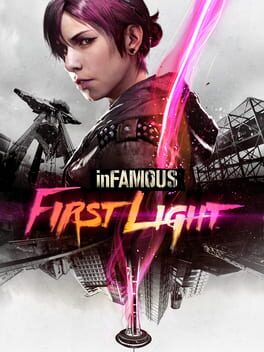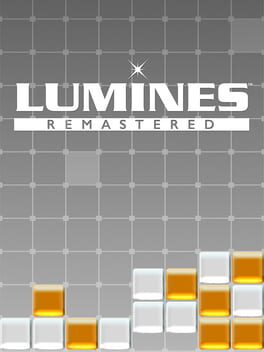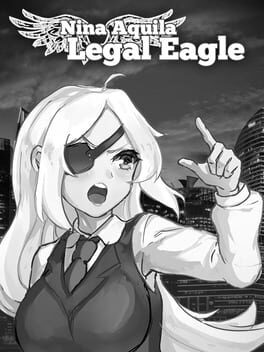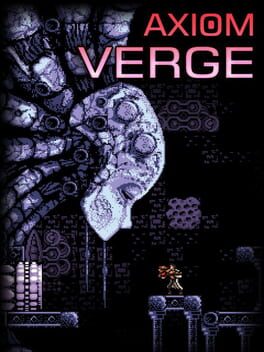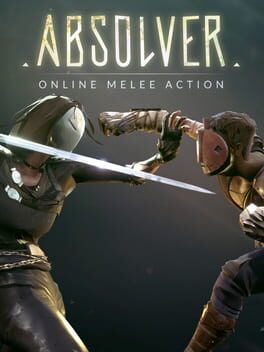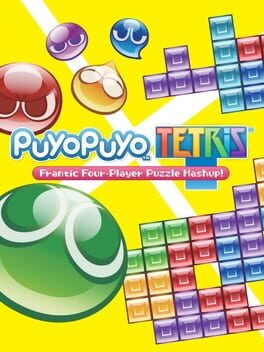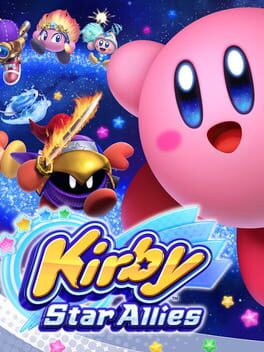done
Out of the Infamous games, Fetch is the most fun protag. It’s good that in her spinoff she’s overpowered from the start. That avoids the some of the boredom of Infamous 2 and Second Son. But as with the other games in the series, Sucker Punch attempts to handle some social issues (homelessness and drug abuse in this case) and mostly falls flat. And I can’t imagine who requested the survival arenas or more of the collect-a-thon. Plus, there’s not even the usual semblance of choice. Fetch disintegrates her villain and gets revenge, and the game makes you press buttons to do it, but there’s no ‘mercy’ option. I guess SP had to set up a single canon ending to lead into the start of Second Son, but I can’t see why that requires Fetch to become a murderer. Just put in an alternate ending and say it’s not canon, and that problem is solved.
At least the laser pew pew is fun. The goon blasting and freerunning are really enjoyable in First Light, easily being the best of the series. Tearing around parts of Seattle as Fetch is definitely enough to hang a few hours of enjoyment on, and then you’re out. First Light doesn’t wear out its welcome, and it’s the better game because of it.
At least the laser pew pew is fun. The goon blasting and freerunning are really enjoyable in First Light, easily being the best of the series. Tearing around parts of Seattle as Fetch is definitely enough to hang a few hours of enjoyment on, and then you’re out. First Light doesn’t wear out its welcome, and it’s the better game because of it.
2018
Miziguchi sure knows how to put together an hour of relaxing gameplay that stretches the player into taking different approaches, track by track, skin by skin. I realized in completing the remaster that there were some tunes that I hadn’t heard (at least while playing) in years. Lumines is, if anything, an underrated puzzle game that stands on its own in terms of originality. It’s also interesting to play through it after Tetris Effect and to see which ideas Miziguchi decided to keep and which he’s moved past.
For what serves as an introduction to an episodic game made on a shoestring budget, NALE could be worse, but it doesn’t have much going for it, either. The characters are thin, the courtroom gameplay is a Phoenix Wright knockoff, and the case presented in this episode involves a jealous ex-girlfriend who frames her erstwhile friend, who is now dating her clueless ex-boyfriend, for arson. This is not played seriously at all within the courtroom scene. However, there is one moment afterwards in which the titular Nina reveals her worry about how close the case went to sending an innocent person to prison for a serious crime on a false accusation.
The humor is one-note and aimed at an imagined nerdy audience, but there aren’t jokes as much as attempts at references or tropes that fall flat. The epilogue, which puts the defense lawyer heroine and her mentor in bunny and cat costumes to pitch the next episode, is cringe-inducing fan service. Maybe this turned into more on full release, but I doubt that I will find out.
The humor is one-note and aimed at an imagined nerdy audience, but there aren’t jokes as much as attempts at references or tropes that fall flat. The epilogue, which puts the defense lawyer heroine and her mentor in bunny and cat costumes to pitch the next episode, is cringe-inducing fan service. Maybe this turned into more on full release, but I doubt that I will find out.
2015
Axiom Verge doesn’t do much to differentiate itself from being a straight-up Metroid homage, but that just means its a solid game. The soundtrack is thumping, some of the pixel art is good (especially for backgrounds and on larger scales), and the requisite interaction between items and the map is interesting enough. Enemy variety and behavior is a bit lacking. For all the weapons to be found, few are particularly effective. That’s also down to everything being a bit of a bullet sponge.
Come to think of it, that sponginess and the problem of having interesting bit ineffective weapons are linked together. If it didn’t take so many shots to down everything, maybe I would have been able to experiment with more of the inventory. Alternately, enemies could have different kinds of armor and types that would require the player to experiment. Here’s hoping for more thoughtful enemy design in the sequel.
Come to think of it, that sponginess and the problem of having interesting bit ineffective weapons are linked together. If it didn’t take so many shots to down everything, maybe I would have been able to experiment with more of the inventory. Alternately, enemies could have different kinds of armor and types that would require the player to experiment. Here’s hoping for more thoughtful enemy design in the sequel.
2017
Absolver’s focus is on strategic hand-to-hand combat, and in that regard this is a very successful game. But it is also a limited game, with almost nothing in the way of music, dialog, characters, or narrative. I enjoyed how it looked – there was a lot more variety in lighting and design than I initially expected – and it works as a showcase for its combat system. As a game from a small developer, it’s impressive that Absolver has the PvE, PvP, and co-op that it does. I just wish there had been a little more to it.
2020
2014
A good mix of two great games, with some fun original modes and an emphasis on chains and t-spins. Some of the anime style gets in the way of it being a total smash, and some of the mixed modes could also be a little better. The online scene is dedicated, but it’s hard to get connected a match. As far as the multiplayer scene goes, this is another one that definitely needs crossplay. It’s too niche a game to have much of a playerbase, otherwise.
2018
This game must be maximally cute at all times. It often seems like a greatest-hits remaster of Kirby’s Adventure and Kirby 64, which means that it’s easy to play, has excellent music (here orchestrated with lead voices of violin and piano), and absurd cosmic boss battles. The final boss, in particular, shows great creativity. I just wish some of its puzzles required a little more thought in how to combine powers and, of course, that there was more of it.
2015
Lara Croft Go takes what was good about the formula of turn-based action from Hitman Go and adds more action and adventure. The puzzle format translates well to climbing – in fact, I think that the deathtraps and careful movement required in LCG make its climbing more interesting than in a lot of the mainline series. That’s some of the magic of the Go games: by turning everything into a puzzle component, overall gameplay design becomes more thoughtful and inspired. Creativity under constraint. Now, if only fewer puzzles seemed to rely so much on the reset button, or if there were multiple solutions available to some puzzles. Then the Go series would really be cooking with gas.
